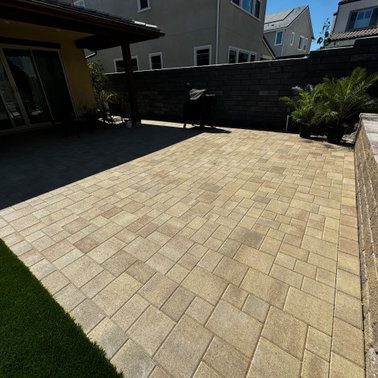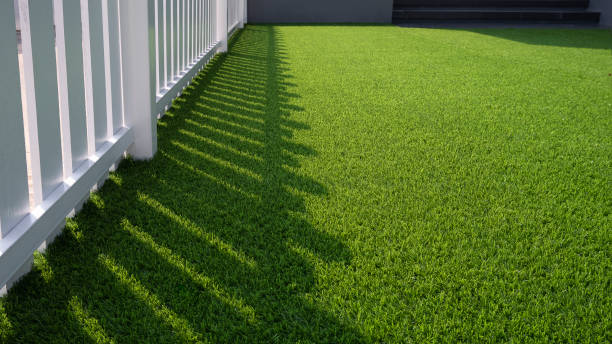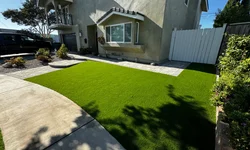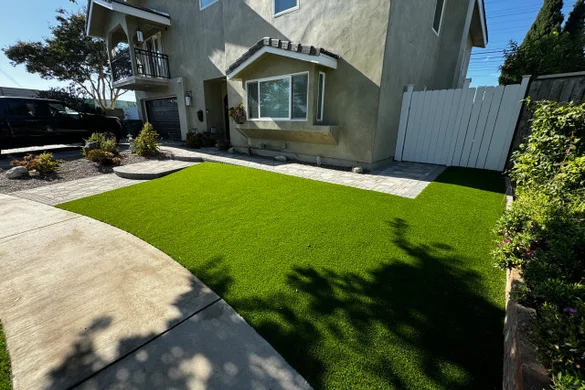Does Artificial Turf Save Water? The Environmental Impact Explained”
Why artificial saves, water, time and extra effort for fun time with family, Lifetime outdoor living explains best how it can work. We also are the best artificial turf installer in Orange County, we can explain better
Get Free Estimate
Fill the form & we will call back!
Water is one of our planet’s most precious resources, and conserving it has become a global priority. As droughts and water shortages become more common, homeowners and businesses are seeking sustainable solutions to reduce water consumption. Artificial turf has emerged as a popular alternative to natural grass, but does it really save water? And what is its overall environmental impact? In this article, we’ll explore how artificial turf contributes to water conservation and environmental sustainability.

How Artificial Turf Saves Water
No Watering Required
Natural grass demands consistent watering to stay green and healthy, especially during hot and dry seasons. On average, a natural lawn can consume up to 55 gallons of water per square foot annually. In contrast, artificial turf requires zero watering, making it an incredibly water-efficient landscaping option.Perfect for Drought-Prone Regions
In areas where water scarcity is a pressing issue, artificial turf is a game-changer. It allows homeowners and businesses to maintain a vibrant, green lawn without relying on limited water resources. This makes it an ideal choice for drought-affected regions looking to balance aesthetics with sustainability.Reduces Water Bills
By switching to artificial turf, homeowners can significantly cut down on their water usage, leading to lower water bills. Over time, these savings can add up, making artificial turf not only an eco-friendly choice but also a cost-effective one

The Broader Environmental Impact of Artificial Turf
While water conservation is a significant benefit, artificial turf also offers several other environmental advantages:
Eliminates Harmful Chemicals
Maintaining a natural lawn often involves the use of fertilizers, pesticides, and herbicides, which can seep into the soil and waterways, harming ecosystems. Artificial turf eliminates the need for these chemicals, creating a cleaner and safer environment for families, pets, and wildlife.Reduces Carbon Emissions
Natural lawns require regular mowing, trimming, and watering, all of which contribute to carbon emissions. Artificial turf, on the other hand, requires minimal maintenance, reducing the need for gas-powered lawn equipment and lowering your carbon footprint.Durable and Long-Lasting
High-quality artificial turf can last 15-20 years or more with proper care. Its durability means fewer resources are needed for replacements, reducing waste and promoting sustainability.Recyclable and Eco-Friendly Options
Many modern artificial turf products are made from recycled materials, such as old tires and plastic bottles. Additionally, at the end of its lifespan, turf can often be recycled, further minimizing its environmental impact.

Addressing Common Concerns
Heat Retention
One concern about artificial turf is that it can retain heat, especially in hot climates. However, advancements in technology have led to the development of cooling infills and reflective materials that reduce surface temperatures, making turf more comfortable and environmentally friendly.Water Drainage
Artificial turf is designed with an advanced drainage system that allows water to flow through easily. This prevents water runoff and helps recharge groundwater, making it a sustainable option even during heavy rains.

The Bigger Picture: Water Conservation and Beyond
Artificial turf is more than just a water-saving solution—it’s a step toward a more sustainable future. By reducing water usage, eliminating chemical runoff, and lowering carbon emissions, turf contributes to a healthier planet. For homeowners, it’s a practical way to enjoy a beautiful lawn while making a positive environmental impact.
Conclusion
The answer is clear: Yes, artificial turf saves water—and a lot of it. By eliminating the need for watering, it helps conserve one of our most vital resources. Beyond water savings, artificial turf offers a range of environmental benefits, from reducing chemical usage to lowering carbon emissions.
If you’re looking for a sustainable, low-maintenance, and eco-friendly landscaping solution, artificial turf is a smart choice that benefits both your home and the planet.
Initial Investment Understanding
When evaluating why choose artificial turf for your home, consider these investment factors:
- Professional installation costs
- Material quality options
- Size of installation area
- Site preparation requirements
- Additional features (drainage, edging)
Long-Term Returns
Artificial turf provides significant returns through:
- Reduced water consumption
- Lower maintenance costs
- Increased property value
- Extended lifespan
- Year-round usability

Conclusion: Why Choose Artificial Turf for Your Home in Orange County
The decision to install artificial turf represents a smart investment in your Orange County property. From substantial water savings to enhanced outdoor living spaces, the benefits are clear. Professional installation ensures your synthetic grass will provide years of beautiful, low-maintenance enjoyment while adding value to your home.
Ready to transform your outdoor space? Contact professional artificial turf installers in Orange County today for a consultation and discover why choosing artificial turf for your home could be the best decision for your property’s future.

